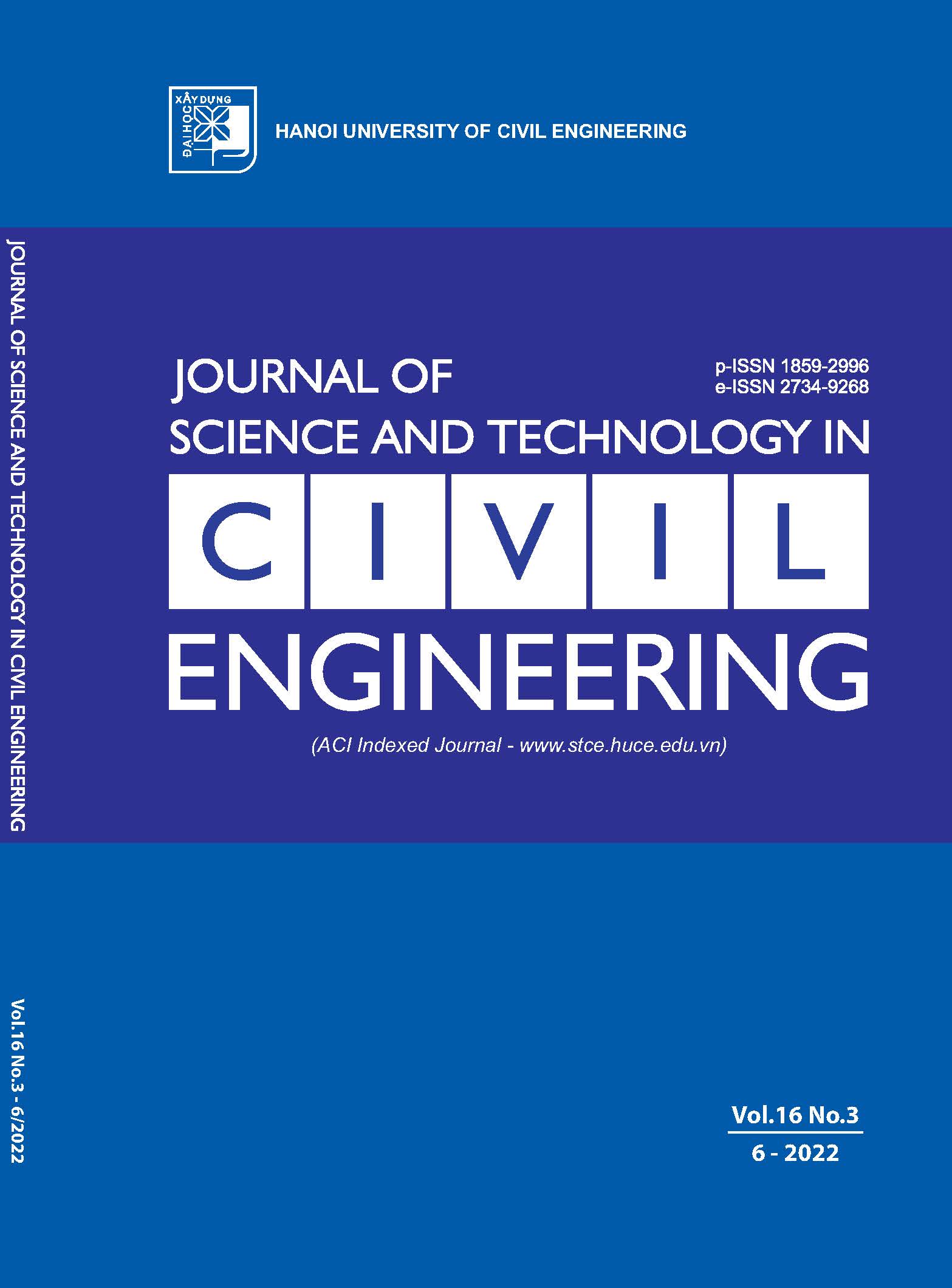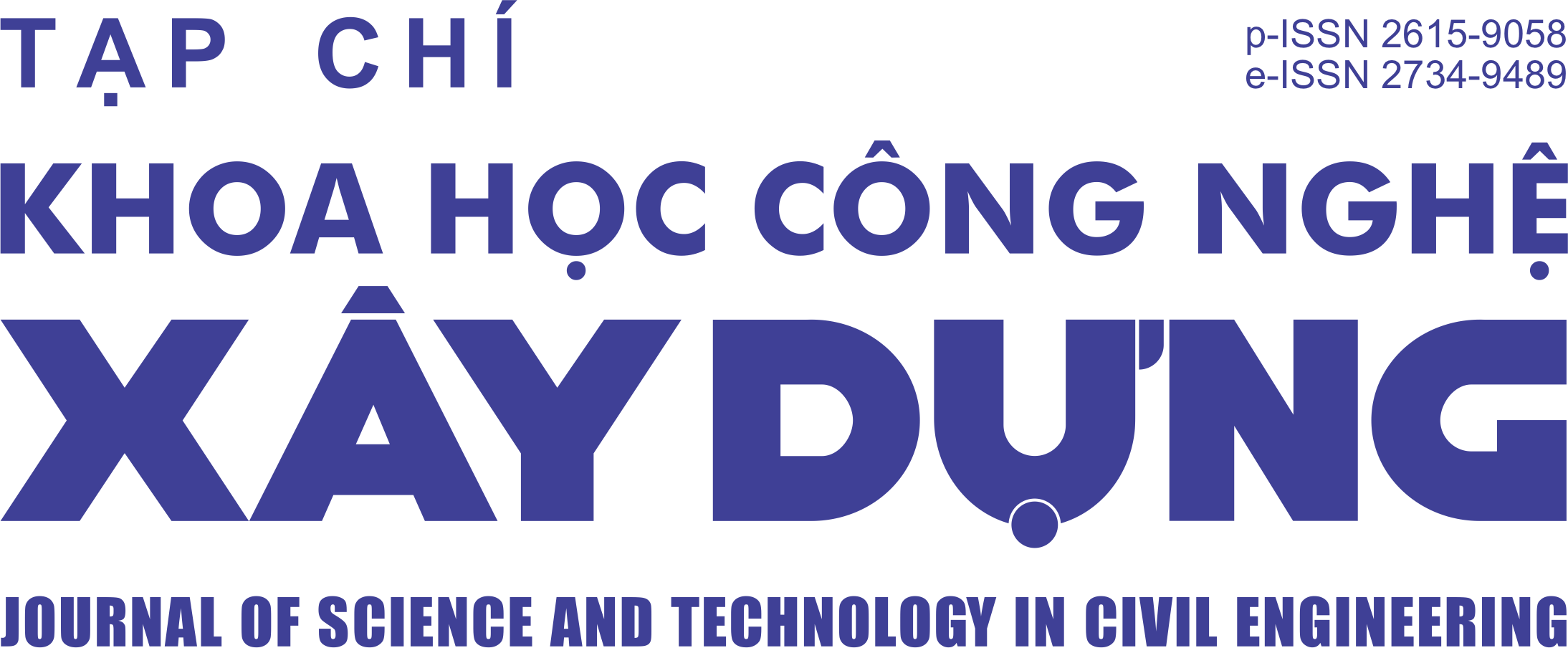Distinguished punching shear behaviour of unbonded post-tensioned concrete slab – CFT column vs reinforced concrete slab – CFT column connections
Abstract
This article evaluates and compares the punching shear behaviour of unbonded prestressed concrete (UPC) slab - concrete-filled steel tube (CFT) column connections/joints with that of reinforced concrete (RC) slab connection – CFT column connections. The experimental program was carried out on five large-sized samples, including three UPC slab - CFT column samples and two RC slab - CFT column samples. Steel plate connection details were utilised to increase the bond between the concrete slab and the CFT column. The experimental results showed that the prestressing tendons significantly increased the pre and post-cracking stiffness of the slab-column connections, thereby, greatly reducing the deflection of the UPC slab - CFT column samples than that of the RC slab - CFT column samples, especially during the serviceability phase (by up to 58%). However, the use of tendons resulted in a significant decrease in the ductility and energy absorption index of the UPC slab - CFT column samples compared to that of the RC slab - CFT column samples (by up to 44% and 41%, respectively). Using prestressing tendons slightly increased the punching shear capacity, and significantly reduced the strain of the connection details such as the vertical ribs and the horizontal bearing plate. At the same time, the tendons helped greatly reduce the strain of the longitudinal rebars in the UPC slabs.
Keywords: Unbonded post-tensioned concrete (UPC); connection/joint; CFT column; flat slab; connection details; punching shear; experiment.
Downloads
Copyright (c) 2022 Hanoi University of Civil Engineering

This work is licensed under a Creative Commons Attribution-NonCommercial-NoDerivatives 4.0 International License.
1. The Author assigns all copyright in and to the article (the Work) to the Journal of Science and Technology in Civil Engineering (JSTCE) – Hanoi University of Civil Engineering (HUCE), including the right to publish, republish, transmit, sell and distribute the Work in whole or in part in electronic and print editions of the Journal, in all media of expression now known or later developed.
2. By this assignment of copyright to the JSTCE, reproduction, posting, transmission, distribution or other use of the Work in whole or in part in any medium by the Author requires a full citation to the Journal, suitable in form and content as follows: title of article, authors’ names, journal title, volume, issue, year, copyright owner as specified in the Journal, DOI number. Links to the final article published on the website of the Journal are encouraged.
3. The Author and the company/employer agree that any and all copies of the final published version of the Work or any part thereof distributed or posted by them in print or electronic format as permitted herein will include the notice of copyright as stipulated in the Journal and a full citation to the Journal as published on the website.







